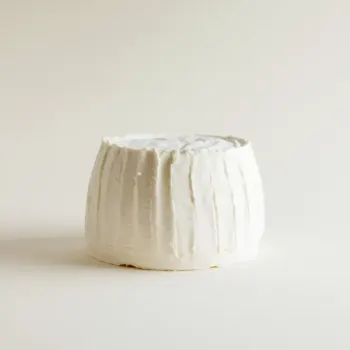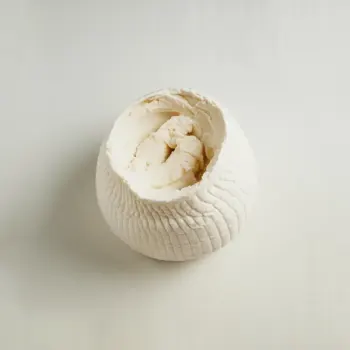Cream cheese and ricotta cheese are versatile cheeses used in cooking; cream cheese is smooth and rich, ideal for dense, creamy dishes, while ricotta is lighter, fluffier, and suits delicate textures. They differ in fat content, texture, and are used variously in sweet and savory recipes.

Cream cheese is a soft, mild-tasting cheese with a high fat content. It is smooth, spreadable, and often used in both sweet and savory dishes, originating from the United States.

Ricotta cheese is a light and fluffy Italian cheese with a slightly sweet flavor. It has a lower fat content compared to cream cheese and is made from the whey left over from the production of other cheeses.
Cream Cheese is known for its smooth, creamy texture and higher fat content, making it ideal for rich, dense creations, while Ricotta Cheese is lighter, grainier, and often preferred in dishes where a delicate texture and freshness are desired.

Your ultimate Recipe Box, Meal Planner, and Cooking Class all in one
Cream cheese is the go-to choice for classic American cheesecakes, offering a velvety, rich base that pairs well with a variety of flavors and toppings. Ricotta cheese creates a lighter, more delicate cheesecake with a unique texture and subtle sweetness, perfect for Italian-style cheesecakes.
In baked goods like frostings and brownies, cream cheese provides a creamy and tangy flavor that complements the sweetness of desserts. Ricotta cheese is excellent in baked items such as muffins and pancakes, where it adds moisture and a light, airy texture.
Use cream cheese to add a rich creaminess to dips, spreads, and pasta sauces, where its melting properties are desired. Ricotta cheese shines in savory dishes like lasagna, stuffed pasta shells, and ravioli, offering a fluffy filling with a delicate flavor.
Cream cheese is a favorite for bagels and toast spreads, providing a smooth and satisfying start to the day. Ricotta cheese is delightful when used in breakfast dishes like omelets, frittatas, or as a topping for pancakes and waffles, adding a light and protein-rich component.
Both Cream Cheese and Ricotta Cheese can be part of a balanced diet but differ in fat and calorie content.
| Nutrient | Cream Cheese ( Per 100g ) | Ricotta Cheese ( Per 100g ) |
|---|---|---|
| Fat | 34g | 13g |
| Sodium | 321mg | 84mg |
| Calcium | 98mg | 207mg |
| Protein | 6g | 11g |
| Calories | 350 | 174 |
| Carbohydrates | 5g | 3g |
Yes, you can use Ricotta Cheese in cheesecake to achieve a lighter, grainier texture, but it won't be as creamy as with Cream Cheese.
Ricotta Cheese is generally lower in fat and calories, making it a healthier option for those watching their intake.
While not traditional, Cream Cheese can be used in lasagna to create a creamier filling, but the flavor profile will differ from the classic Ricotta Cheese filling.
No, Cream Cheese has a tangier, richer flavor, while Ricotta Cheese is milder with a slightly sweet taste.
Both should be stored in the refrigerator. Cream Cheese lasts longer due to its higher fat content, while Ricotta Cheese should be consumed within a few days of opening.